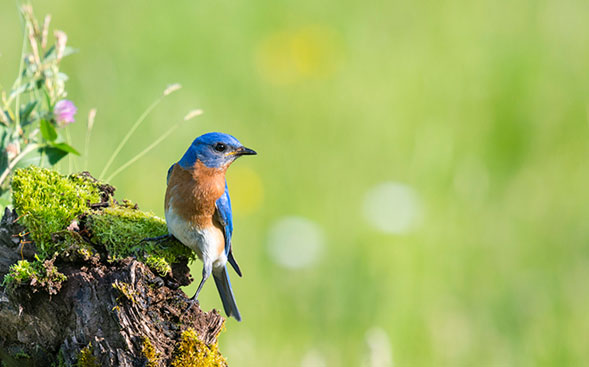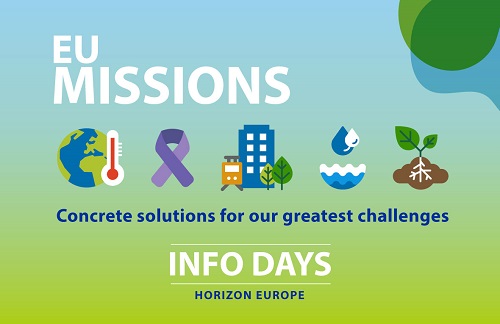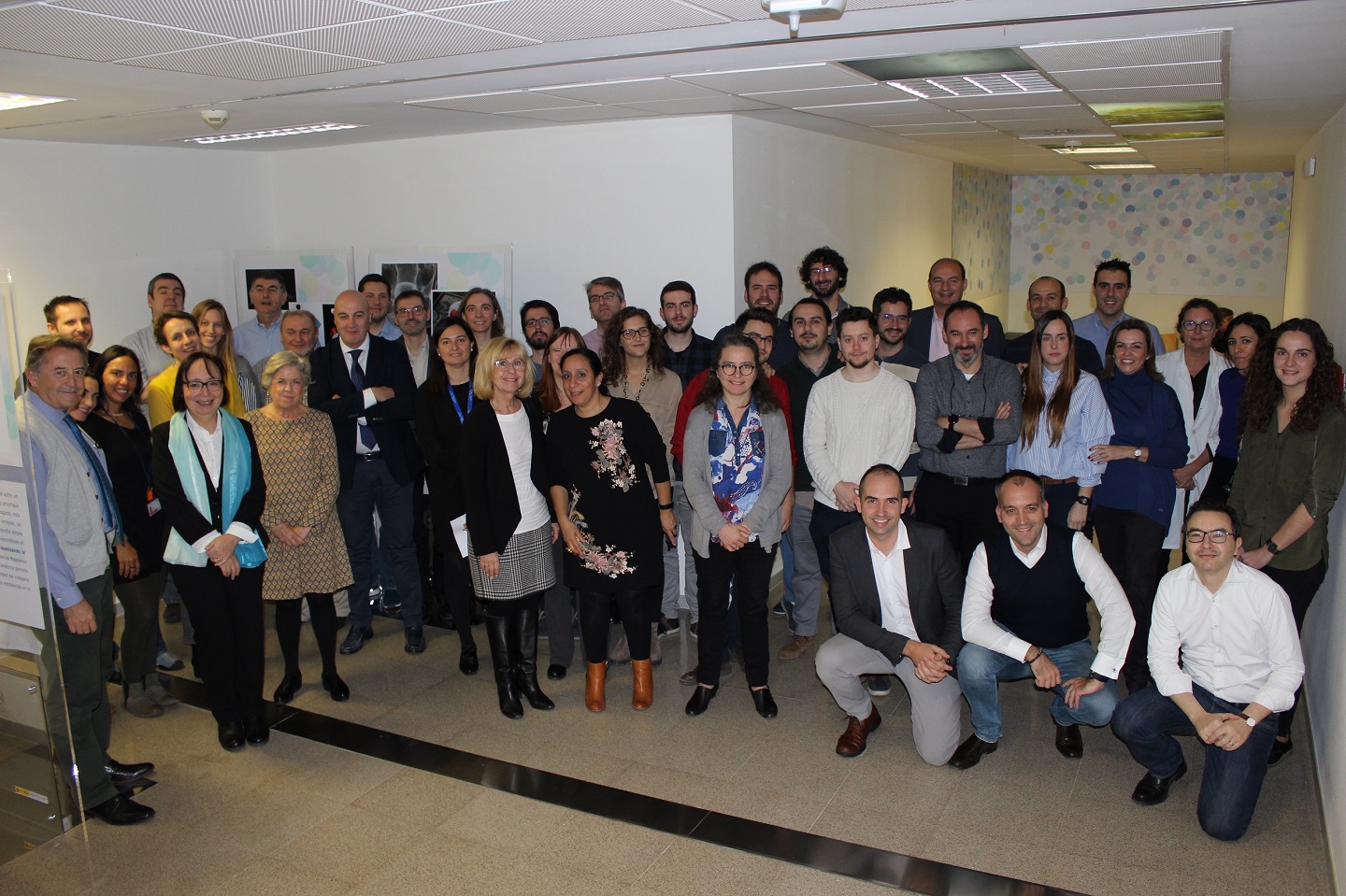[av_one_full first min_height=” vertical_alignment=” space=” custom_margin=” margin=’0px’ link=” linktarget=” link_hover=” padding=’0px’ border=” border_color=” radius=’0px’ background=’bg_color’ background_color=” background_gradient_color1=” background_gradient_color2=” background_gradient_direction=’vertical’ src=” background_position=’top left’ background_repeat=’no-repeat’ animation=” mobile_breaking=” mobile_display=” av_uid=”]
[av_image src=’https://matical.com/wp-content/uploads/2020/05/EU-Biodiversity-Strategy-to-bring-nature-back-into-our-lives.jpg’ attachment=’5229′ attachment_size=’full’ align=’center’ styling=” hover=’av-hover-grow’ link=” target=” caption=” font_size=” appearance=” overlay_opacity=’0.4′ overlay_color=’#000000′ overlay_text_color=’#ffffff’ copyright=” animation=’no-animation’ av_uid=’av-kascctvs’ custom_class=” admin_preview_bg=”][/av_image]
[/av_one_full][av_textblock size=” font_color=” color=” av-medium-font-size=” av-small-font-size=” av-mini-font-size=” av_uid=’av-kascdf43′ custom_class=” admin_preview_bg=”]
On May 20, 2020 the European Commission announced its adoption of the Biodiversity Strategy for 2030, a comprehensive, ambitious, long-term plan for protecting nature and reversing the degradation of ecosystems. It aims to put Europe’s biodiversity on a path to recovery by 2030 ending the biodiversity loss due to the unsustainable use of land and sea, overexploitation of natural resources, pollution and invasive species, with benefits for people, the climate and the planet. As core parts of the European new Green Deal, the initiatives are intended to promote a sustainable and competitive European economy and to strengthen the EU’s resilience to future pandemics and climate threats.
Climate change, the loss of biodiversity, and the last pandemic are sending a clear message: it is time to fix our broken relationship with the nature! Our life, planet and economy depend on the biodiversity. When nature is healthy, it protects and provides. Adopted during the COVID-19 pandemic, the new Biodiversity Strategy is a central element of the EU’s recovery plan, crucial to preventing and building resilience to future outbreaks and providing immediate business and investment opportunities for restoring the EU’s economy aiming to make biodiversity an integral part of EU’s economic growth strategy.
[/av_textblock]
[av_image src=’https://matical.com/wp-content/uploads/2020/05/Biodiversity-and-ecosystems.jpg’ attachment=’5231′ attachment_size=’full’ align=’center’ styling=” hover=” link=” target=” caption=” font_size=” appearance=” overlay_opacity=’0.4′ overlay_color=’#000000′ overlay_text_color=’#ffffff’ copyright=” animation=’no-animation’ av_uid=’av-kascffsm’ custom_class=” admin_preview_bg=”][/av_image]
[av_textblock size=” font_color=” color=” av-medium-font-size=” av-small-font-size=” av-mini-font-size=” av_uid=’av-kascgem3′ custom_class=” admin_preview_bg=”]
Why the biodiversity needs to be protected?
- Biodiversity and ecosystems provide us food, medicines, materials, recreation, and wellbeing. They filter the air and water, keeping the climate in balance, converting waste into resources, pollinate and fertilise the crops.
- Nature provides for economies: half of global GDP, €40 trillion, depends on nature.
- To stop the unsustainable human activities. The global population of wild species has fallen by 60% over the last 40 years and 1 million species are at risk of extinction.
- By stopping the biodiversity loss, we will lower the effects of the climate change.
- Restoring forests, soils and wetlands and creating green spaces in cities is essential to achieve the climate changes needed by 2030.
[/av_textblock]
[av_image src=’https://matical.com/wp-content/uploads/2020/05/PROTECTING-AND-RESTORING-NATURE-IN-EUROPE.jpg’ attachment=’5233′ attachment_size=’full’ align=’center’ styling=” hover=” link=” target=” caption=” font_size=” appearance=” overlay_opacity=’0.4′ overlay_color=’#000000′ overlay_text_color=’#ffffff’ copyright=” animation=’no-animation’ av_uid=’av-kasci4vm’ custom_class=” admin_preview_bg=”][/av_image]
[av_textblock size=” font_color=” color=” av-medium-font-size=” av-small-font-size=” av-mini-font-size=” av_uid=’av-kascj3kc’ custom_class=” admin_preview_bg=”]
PROTECTING AND RESTORING NATURE IN EUROPE
The new Biodiversity Strategy will put EU’s biodiversity on the path to recovery by 2030, it is necessary to step up the protection and restoration of nature. This should be done by improving and widening the existing network of protected areas and by developing an ambitious EU Nature Restoration Plan for ecosystems across land and sea.
- Establish protected areas for at least: 30% of land and 30% of sea in Europe. With stricter protection of remaining EU primary and old- growth forests legally binding nature restoration targets in 2021.
- Restore degraded ecosystems at land and sea across the whole of Europe by:
- Increasing organic farming and biodiversity- rich landscape features on agricultural land
- Halting and reversing the decline of pollinators
- Restoring at least 25 000 km of EU rivers to a free- flowing state
- Reducing the use and risk of pesticides by 50% by 2030
- Planting 3 billion trees by 2030
- Unlock 20 billion EUR/year for biodiversity through various sources, including EU funds, national and private funding. Natural capital and biodiversity considerations will be integrated into business practices.
- Put the EU in a leading position in the world in addressing the global biodiversity crisis. The Commission will mobilise all tools of external action and international partnerships for an ambitious new UN Global Biodiversity Framework at the Conference of the Parties to the Convention on Biological Diversity in 2021.
[/av_textblock]
[av_image src=’https://matical.com/wp-content/uploads/2020/05/Biodiversity.jpg’ attachment=’5235′ attachment_size=’full’ align=’center’ styling=” hover=” link=” target=” caption=” font_size=” appearance=” overlay_opacity=’0.4′ overlay_color=’#000000′ overlay_text_color=’#ffffff’ copyright=” animation=’no-animation’ av_uid=’av-kascke22′ custom_class=” admin_preview_bg=”][/av_image]
[av_textblock size=” font_color=” color=” av-medium-font-size=” av-small-font-size=” av-mini-font-size=” av_uid=’av-kasckzpx’ custom_class=” admin_preview_bg=”]
Nature protection: key commitments by 2030
- Legally protect a minimum of 30% of the EU land area and 30% of the EU sea area and integrate ecological corridors, to build a coherent, resilient and ecologically representative Trans European Nature Network.
- Strictly protect at least 1/3 of the EU protected areas (10% on land and 10% at sea), covering areas of very high biodiversity value or potential on land and at sea, including define, map, monitor and strictly protect all remaining EU primary and old-growth forests.
- Effectively manage all protected areas, defining clear conservation objectives and measures, and monitoring them appropriately.
Every Member State will have to do its share of the effort. Member States have different abundance and quality of biodiversity and the efforts required should be based on objective ecological criteria. The Commission will aim to reach an agreement with the Member States on the criteria and the related guidance for additional designations in 2021. Member States will have until the end of 2023 to demonstrate significant progress in legally designating the required new protected areas and integrating ecological corridors.
[/av_textblock]









